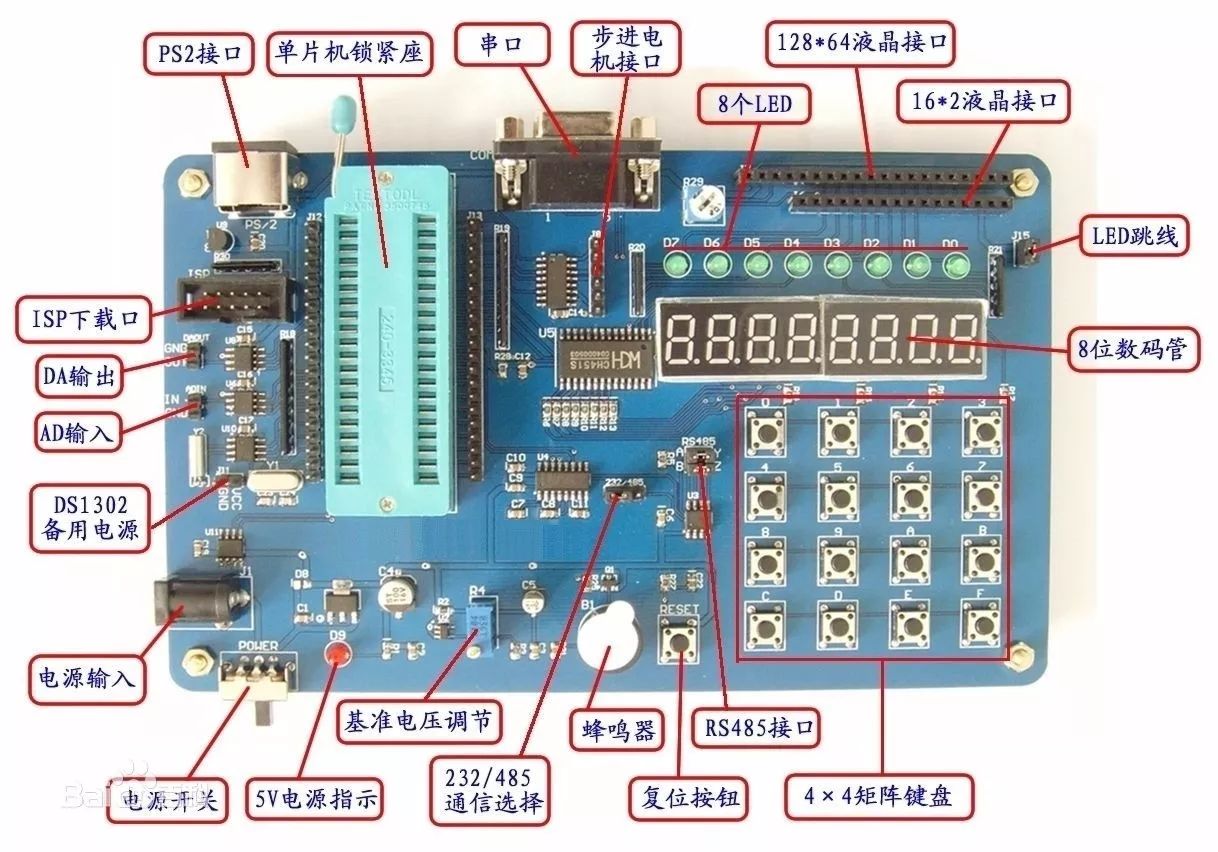What happens to the microcontroller without the crystal oscillator?
A microcontroller, often referred to as an MCU, is essentially a small computer system embedded on a single chip. Despite its compact size, it contains many of the core components found in a full-fledged computer, such as a CPU, memory, and input/output interfaces. However, these components are simplified and optimized for specific tasks, which makes them less powerful than traditional computers but much more cost-effective. MCUs are commonly used in embedded systems to control various electronic devices, making them a fundamental part of modern electronics.
The crystal oscillator in a microcontroller is a critical component that provides the clock signal necessary for the internal operations of the chip. The frequency of this clock determines how fast the microcontroller can execute instructions. Without a stable and accurate clock signal, the microcontroller cannot function properly. All operations—whether fetching instructions from memory or executing them—are synchronized with the clock. In most cases, a single crystal oscillator is shared across the entire system to ensure synchronization between different modules. Some advanced systems may use multiple crystals for different functions, such as baseband and RF communication, and these frequencies can be adjusted electronically to maintain stability.
The primary role of the crystal oscillator is to generate the base clock signal that drives the entire microcontroller system. This signal is often used in conjunction with a phase-locked loop (PLL) to generate higher or more precise frequencies required by different subsystems. For example, if a system requires multiple clock speeds, each can be derived from the same crystal using separate PLLs. A machine cycle, which is the time it takes for the microcontroller to access memory once, is typically composed of 12 clock cycles. If the crystal oscillator runs at 12 MHz, the clock period is 1/12 microseconds, and one machine cycle lasts 1 microsecond. Machine cycles are not only essential for instruction execution but also serve as the timing reference for timers and counters within the microcontroller.

Just like a personal computer, microcontrollers can sometimes experience issues due to various factors. These could range from minor problems like dust buildup or loose components to more serious failures such as damaged power supplies or corrupted memory. When a microcontroller fails to start, it's easy to assume it's broken and needs to be replaced. However, in many cases, the issue might simply be with the crystal oscillator. A common troubleshooting method involves checking the voltage across the crystal’s two pins using a multimeter. For example, if the microcontroller operates at 5V, the measured voltage should be approximately half of that, around 2.5V. Additionally, touching one of the crystal’s leads with a pair of tweezers can help determine if it's oscillating—if the voltage changes significantly, the crystal is likely working. Otherwise, it may need to be replaced to restore the microcontroller’s functionality.
Magnetic Transducer,Smd Magnetic Transducer,Buzzer Magnetic Transducer,Magnetic Transducer Buzzer
NINGBO SANCO ELECTRONICS CO., LTD. , https://www.sancobuzzer.com